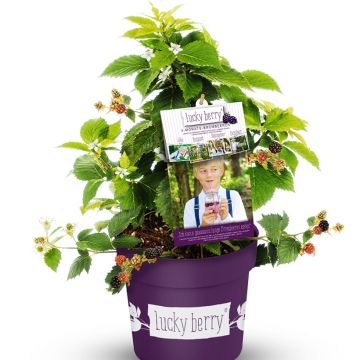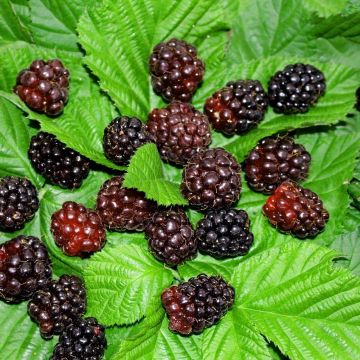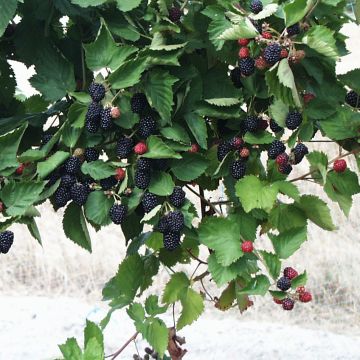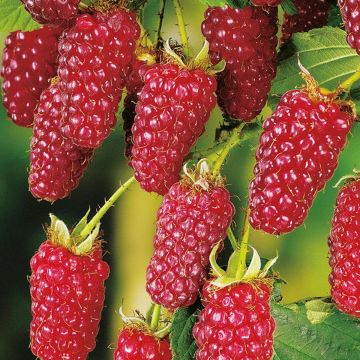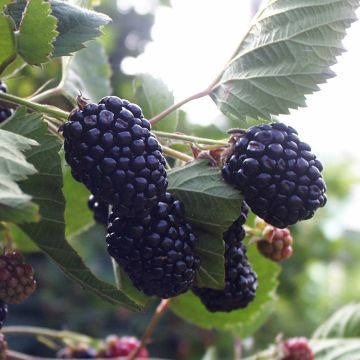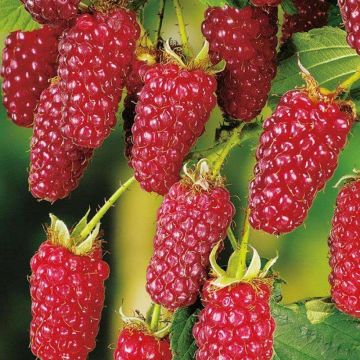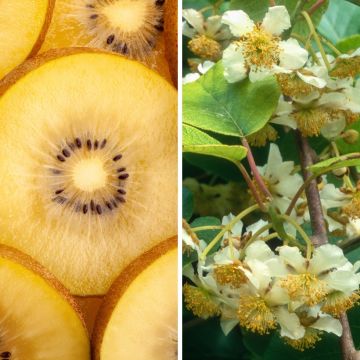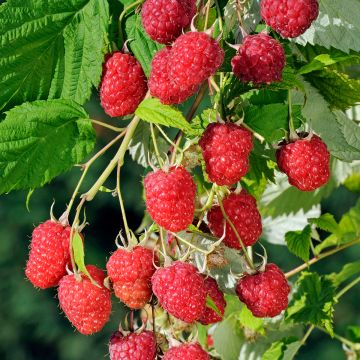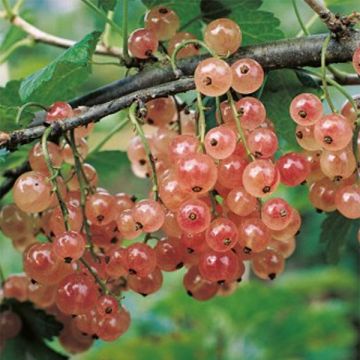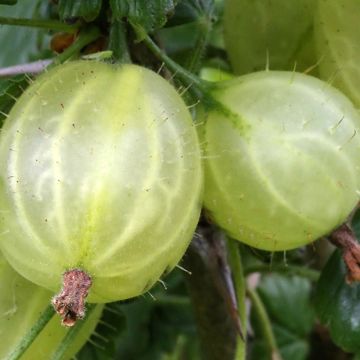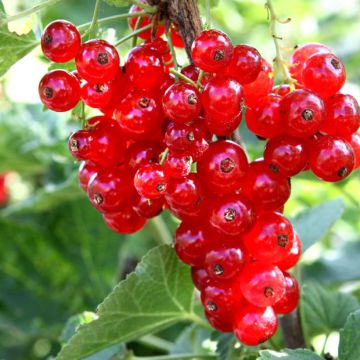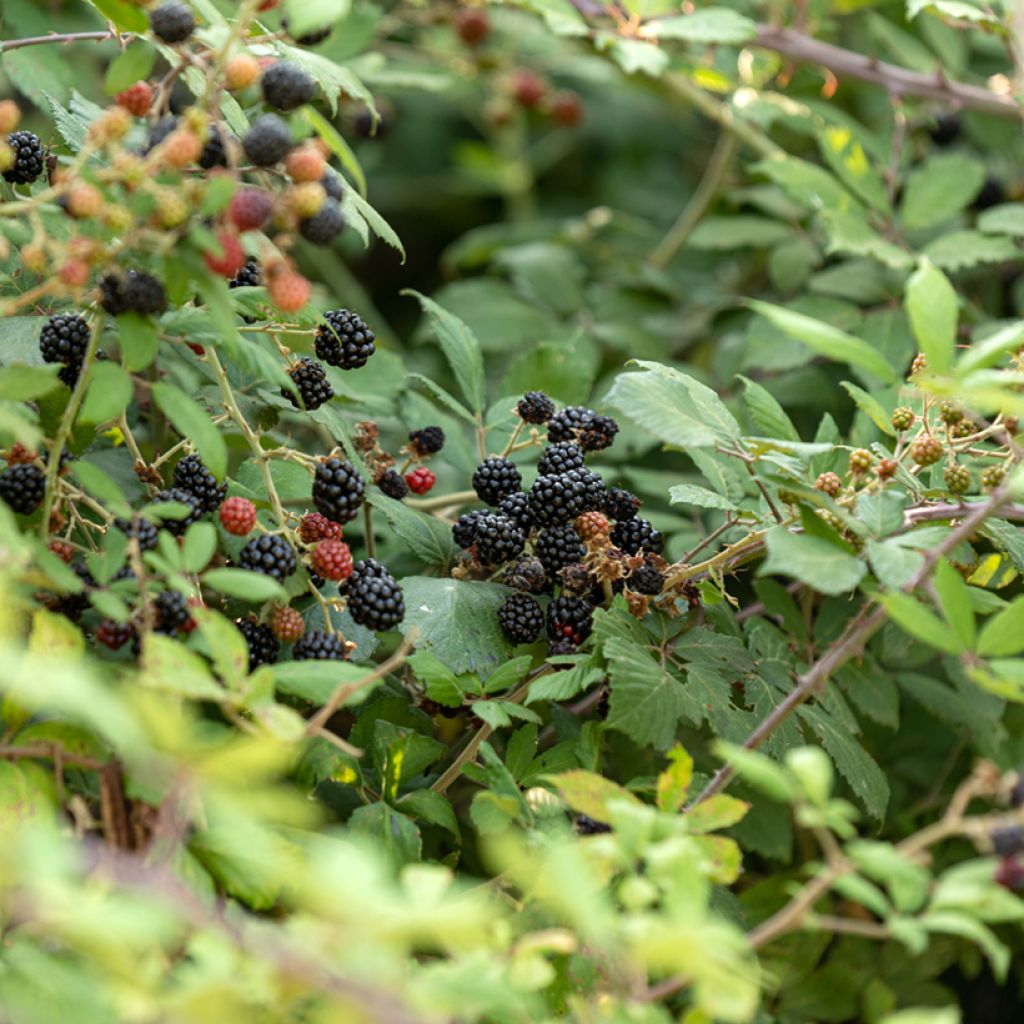

Ronce commune - Rubus fruticosus
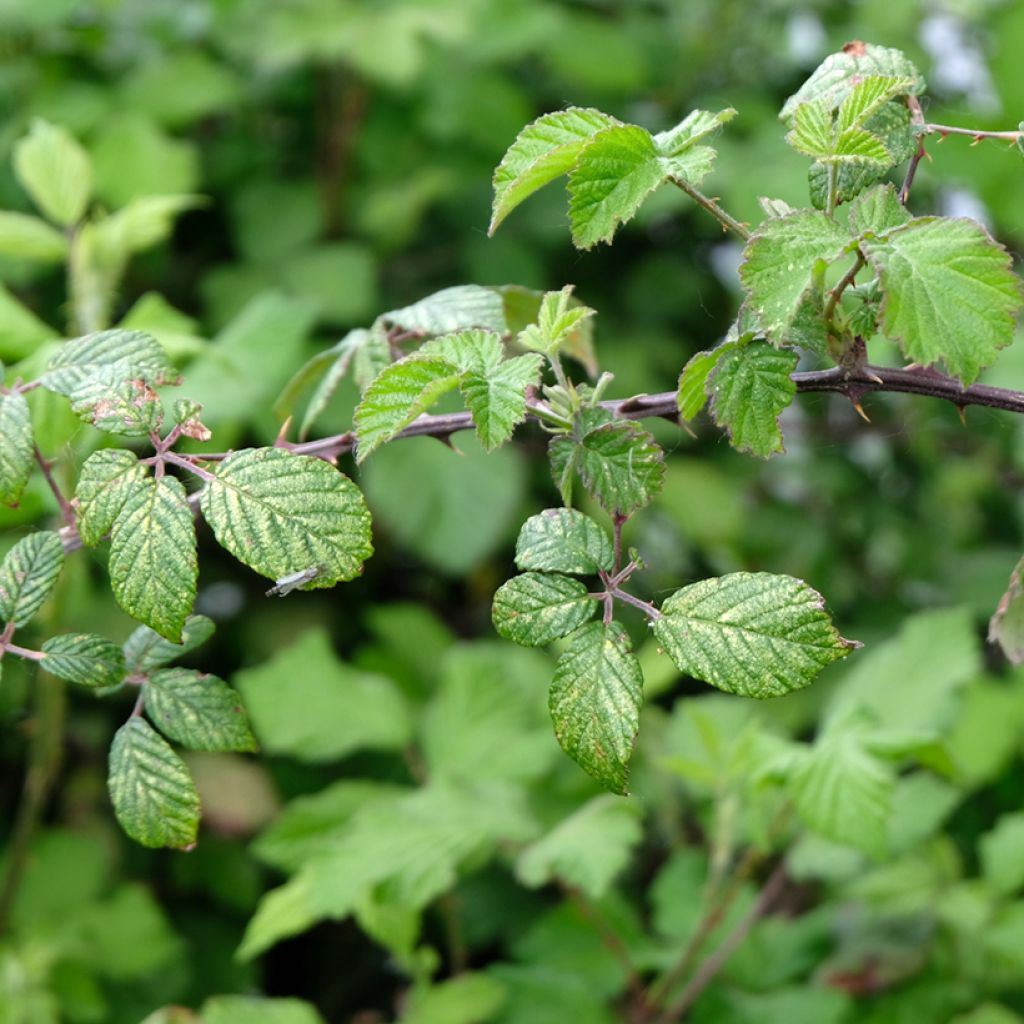

Ronce commune - Rubus fruticosus
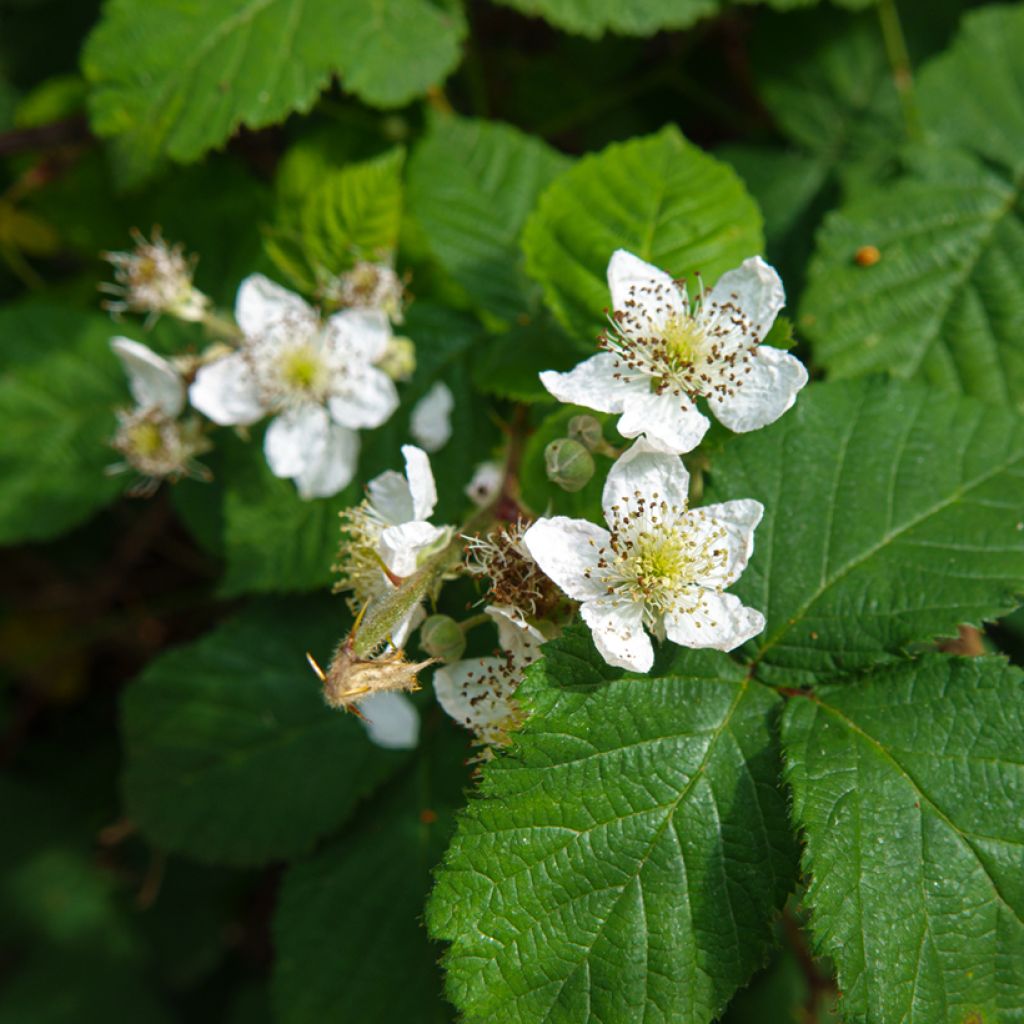

Ronce commune - Rubus fruticosus
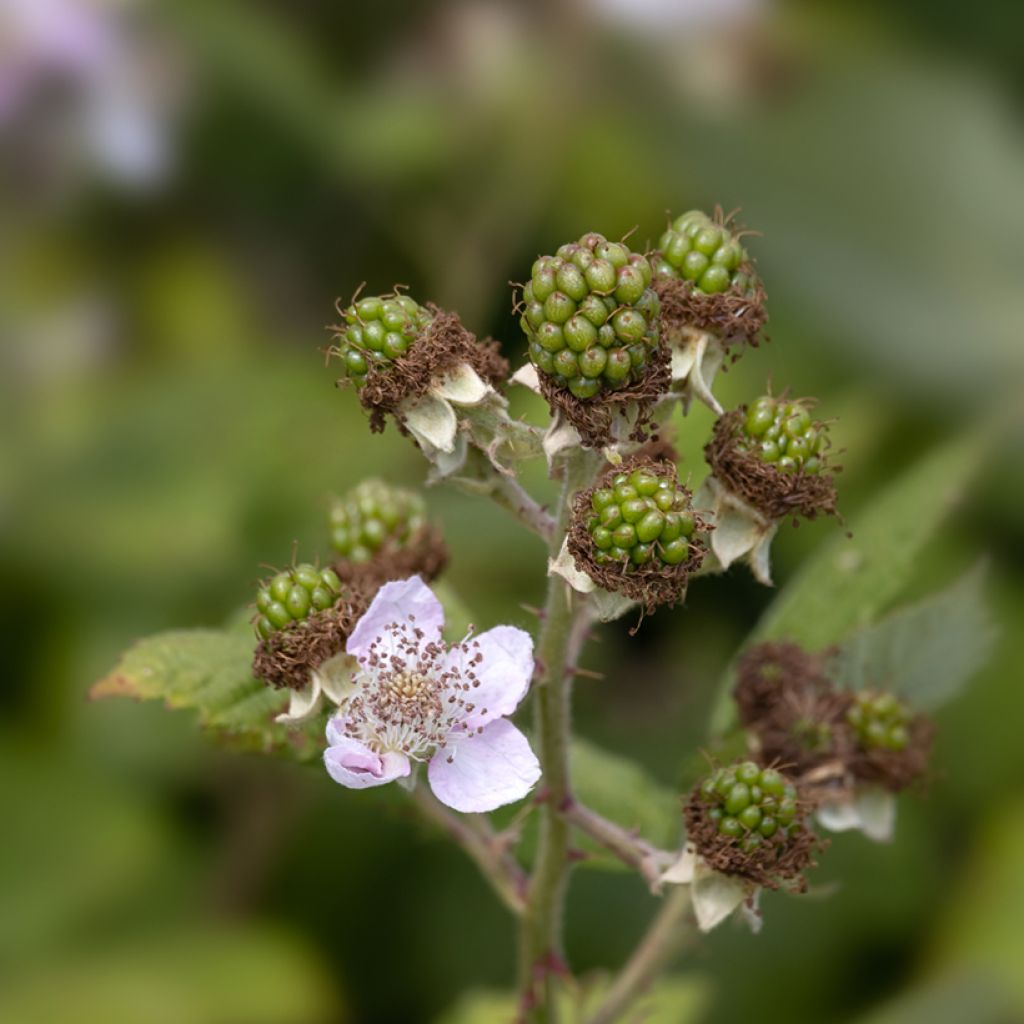

Ronce commune - Rubus fruticosus


Ronce commune - Rubus fruticosus


Ronce commune - Rubus fruticosus


Ronce commune - Rubus fruticosus
Rubus fruticosus - Blackberry
Rubus fruticosus
Blackberry, Bramble
Special offer!
Receive a €20 voucher for any order over €90 (excluding delivery costs, credit notes, and plastic-free options)!
1- Add your favorite plants to your cart.
2- Once you have reached €90, confirm your order (you can even choose the delivery date!).
3- As soon as your order is shipped, you will receive an email containing your voucher code, valid for 3 months (90 days).
Your voucher is unique and can only be used once, for any order with a minimum value of €20, excluding delivery costs.
Can be combined with other current offers, non-divisible and non-refundable.
Home or relay delivery (depending on size and destination)
Schedule delivery date,
and select date in basket
This plant carries a 6 months recovery warranty
More information
We guarantee the quality of our plants for a full growing cycle, and will replace at our expense any plant that fails to recover under normal climatic and planting conditions.
Description
The Common Blackberry, known as Rubus fruticosus in Latin, is also called the Bramble. This versatile shrub is famous for its long and particularly thorny branches, as well as for its delicious fruits, which turn black when ripe. The blackberry's foliage is deciduous and prickly, and it often feeds several types of caterpillar. Its delicate pink summer flowering is attractive to bees. Its impenetrable vegetation provides shelter for game and habitat for small native fauna, while protecting the seedlings of large trees. Despite its usefulness for biodiversity, it should be kept in mind that we are dealing with a particularly robust and conquering pioneer plant that will spontaneously establish and self-seed in gardens of all sizes, without being invited.
The blackberry belongs to the genus Rubus, which originates from the mountains of the Caucasus in Asia Minor. The genus has diversified over time and has given rise to several subgenera, including the raspberry (Rubus idaeus) and the blackberry (Rubus fruticosus). Distributed throughout Eurasia, the blackberry grows at up to 1600m (5250ft) altitude. It is considered invasive, colonizing hedges, forest edges, fallows, fields, and the bases of old collapsed walls... This plant willingly settles near human habitats and animal breeding sites, wherever waste and excrement are abandoned. Birds often spread the blackberry through their droppings. In Europe and America, wild blackberries have been consumed for about 2000 years.
Perfectly hardy and very easy to cultivate, the blackberry thrives in ordinary soil, preferably fertile, well-drained, and moist. It is a fast-growing perennial with a bushy, scrubby habit, and its stump produces long angular branches covered in sharp prickles. The branches can reach up to 6-7m (20-23ft) in length, and the stump can occupy 80cm (32in) of space on the ground. The foliage is deciduous and falls in autumn. It is a matte green colour, rough to the touch, composed of lobed and toothed leaves with visible veins and tiny prickles on the veins. The stems only live to bear fruit (1 to 2 years) and are replaced over time by suckers emerging from the stump. The prolonged, abundant, and nectar-rich flowering displays numerous small pale pink flowers, 1.5cm (1in) in diameter, grouped in clusters. It occurs from late June to August-September.
The fruits that form, the blackberries, are composed of compound drupes attached to the receptacle. They are small, red at first, then turn black and shiny when ripe. They should be picked when fully black, from August to late September depending on the region. They are then sweet, fragrant, and deliciously flavorful. The fruits can be eaten fresh after picking, used in jellies, jams, on tarts, or even in sorbets, syrups, and juices. They can be easily preserved in the freezer.
Report an error about the product description
Rubus fruticosus - Blackberry in pictures
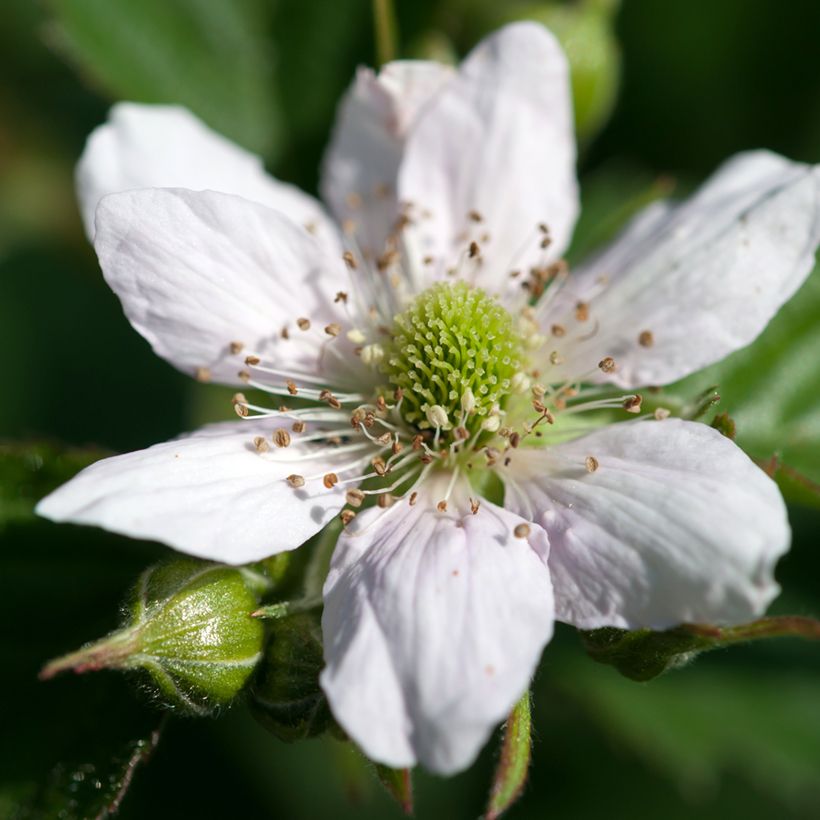



Plant habit
Fruit
Flowering
Foliage
Botanical data
Rubus
fruticosus
Rosaceae
Blackberry, Bramble
Western Europe
Other Blackberry bush
View all →Planting and care
The bush is a very hardy plant, eminently adaptable and truly undemanding. However, it prefers deep, fertile, and moist soils, but will adapt to any ordinary soil, even limestone and very dry soil in summer once it is well rooted. This bush bears fruit in the sun or in partial shade, but the fruits will be of lower quality. The plant appreciates having the base slightly shaded and the top in the sun. It is preferable to plant it in autumn, from September to December. Be careful, if you invite it into your garden and do not harvest all its fruits, birds will take care of spreading it everywhere.
Dig a hole twice as large as the root ball. Scratch the root ball with a slightly sharp tool to loosen the root mass a little and promote recovery. Place the bush in the hole without burying it too much. Water well to settle the soil and remove air around the roots. It will be necessary to ensure that the plant does not lack water during the first year following planting. Similarly, in the first year, only vigorous stems will be kept. An organic fertilizer is beneficial at the start of growth. Train the new stems as they grow to prevent overgrowth: the bush naturally layers, meaning that if a branch touches the ground for an extended period, it will develop roots and new stems, thus creating a new bush.
Planting period
Intended location
Care
This item has not been reviewed yet - be the first to leave a review about it.
Similar products
Haven't found what you were looking for?
Hardiness is the lowest winter temperature a plant can endure without suffering serious damage or even dying. However, hardiness is affected by location (a sheltered area, such as a patio), protection (winter cover) and soil type (hardiness is improved by well-drained soil).

Photo Sharing Terms & Conditions
In order to encourage gardeners to interact and share their experiences, Promesse de fleurs offers various media enabling content to be uploaded onto its Site - in particular via the ‘Photo sharing’ module.
The User agrees to refrain from:
- Posting any content that is illegal, prejudicial, insulting, racist, inciteful to hatred, revisionist, contrary to public decency, that infringes on privacy or on the privacy rights of third parties, in particular the publicity rights of persons and goods, intellectual property rights, or the right to privacy.
- Submitting content on behalf of a third party;
- Impersonate the identity of a third party and/or publish any personal information about a third party;
In general, the User undertakes to refrain from any unethical behaviour.
All Content (in particular text, comments, files, images, photos, videos, creative works, etc.), which may be subject to property or intellectual property rights, image or other private rights, shall remain the property of the User, subject to the limited rights granted by the terms of the licence granted by Promesse de fleurs as stated below. Users are at liberty to publish or not to publish such Content on the Site, notably via the ‘Photo Sharing’ facility, and accept that this Content shall be made public and freely accessible, notably on the Internet.
Users further acknowledge, undertake to have ,and guarantee that they hold all necessary rights and permissions to publish such material on the Site, in particular with regard to the legislation in force pertaining to any privacy, property, intellectual property, image, or contractual rights, or rights of any other nature. By publishing such Content on the Site, Users acknowledge accepting full liability as publishers of the Content within the meaning of the law, and grant Promesse de fleurs, free of charge, an inclusive, worldwide licence for the said Content for the entire duration of its publication, including all reproduction, representation, up/downloading, displaying, performing, transmission, and storage rights.
Users also grant permission for their name to be linked to the Content and accept that this link may not always be made available.
By engaging in posting material, Users consent to their Content becoming automatically accessible on the Internet, in particular on other sites and/or blogs and/or web pages of the Promesse de fleurs site, including in particular social pages and the Promesse de fleurs catalogue.
Users may secure the removal of entrusted content free of charge by issuing a simple request via our contact form.
The flowering period indicated on our website applies to countries and regions located in USDA zone 8 (France, the United Kingdom, Ireland, the Netherlands, etc.)
It will vary according to where you live:
- In zones 9 to 10 (Italy, Spain, Greece, etc.), flowering will occur about 2 to 4 weeks earlier.
- In zones 6 to 7 (Germany, Poland, Slovenia, and lower mountainous regions), flowering will be delayed by 2 to 3 weeks.
- In zone 5 (Central Europe, Scandinavia), blooming will be delayed by 3 to 5 weeks.
In temperate climates, pruning of spring-flowering shrubs (forsythia, spireas, etc.) should be done just after flowering.
Pruning of summer-flowering shrubs (Indian Lilac, Perovskia, etc.) can be done in winter or spring.
In cold regions as well as with frost-sensitive plants, avoid pruning too early when severe frosts may still occur.
The planting period indicated on our website applies to countries and regions located in USDA zone 8 (France, United Kingdom, Ireland, Netherlands).
It will vary according to where you live:
- In Mediterranean zones (Marseille, Madrid, Milan, etc.), autumn and winter are the best planting periods.
- In continental zones (Strasbourg, Munich, Vienna, etc.), delay planting by 2 to 3 weeks in spring and bring it forward by 2 to 4 weeks in autumn.
- In mountainous regions (the Alps, Pyrenees, Carpathians, etc.), it is best to plant in late spring (May-June) or late summer (August-September).
The harvesting period indicated on our website applies to countries and regions in USDA zone 8 (France, England, Ireland, the Netherlands).
In colder areas (Scandinavia, Poland, Austria...) fruit and vegetable harvests are likely to be delayed by 3-4 weeks.
In warmer areas (Italy, Spain, Greece, etc.), harvesting will probably take place earlier, depending on weather conditions.
The sowing periods indicated on our website apply to countries and regions within USDA Zone 8 (France, UK, Ireland, Netherlands).
In colder areas (Scandinavia, Poland, Austria...), delay any outdoor sowing by 3-4 weeks, or sow under glass.
In warmer climes (Italy, Spain, Greece, etc.), bring outdoor sowing forward by a few weeks.































